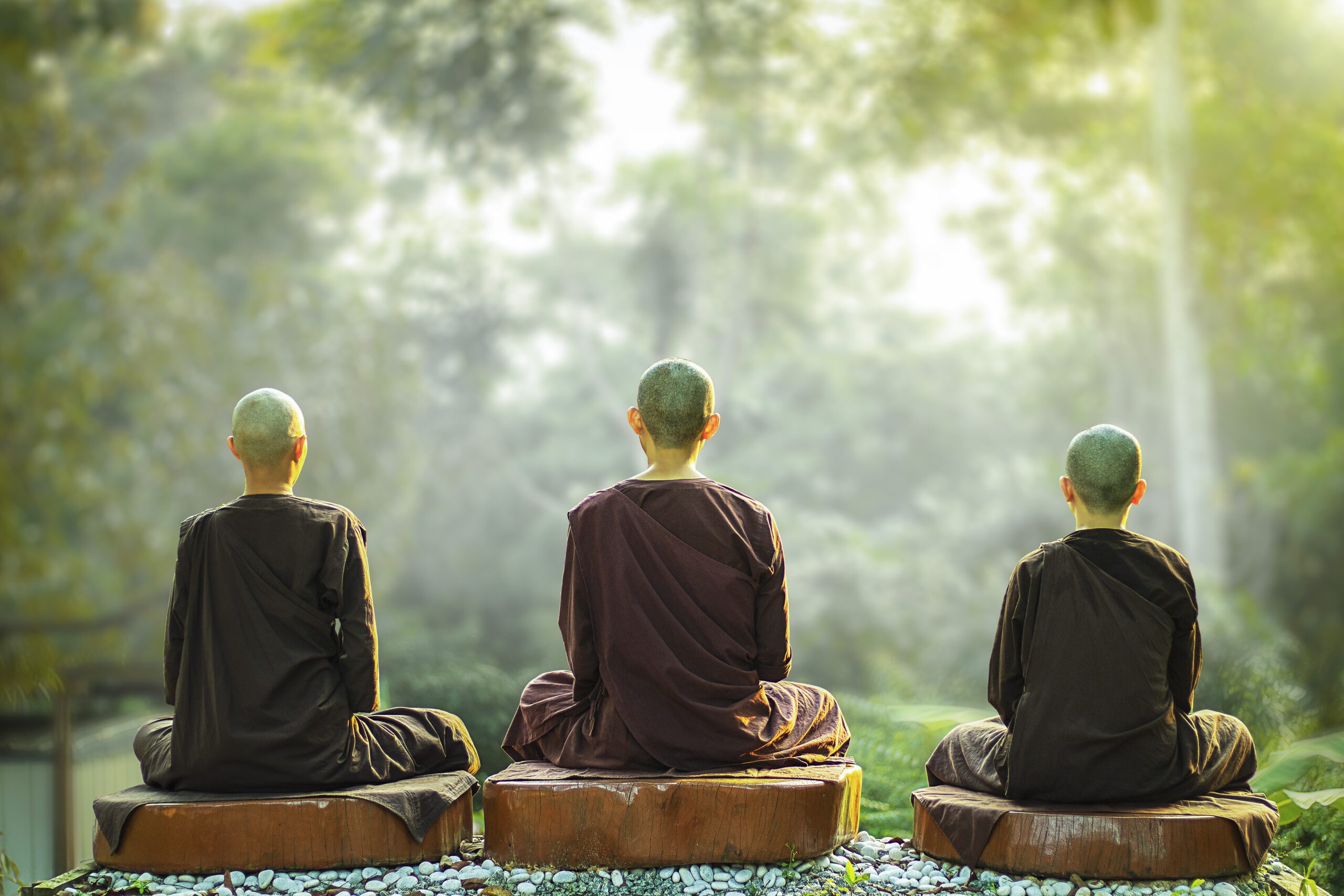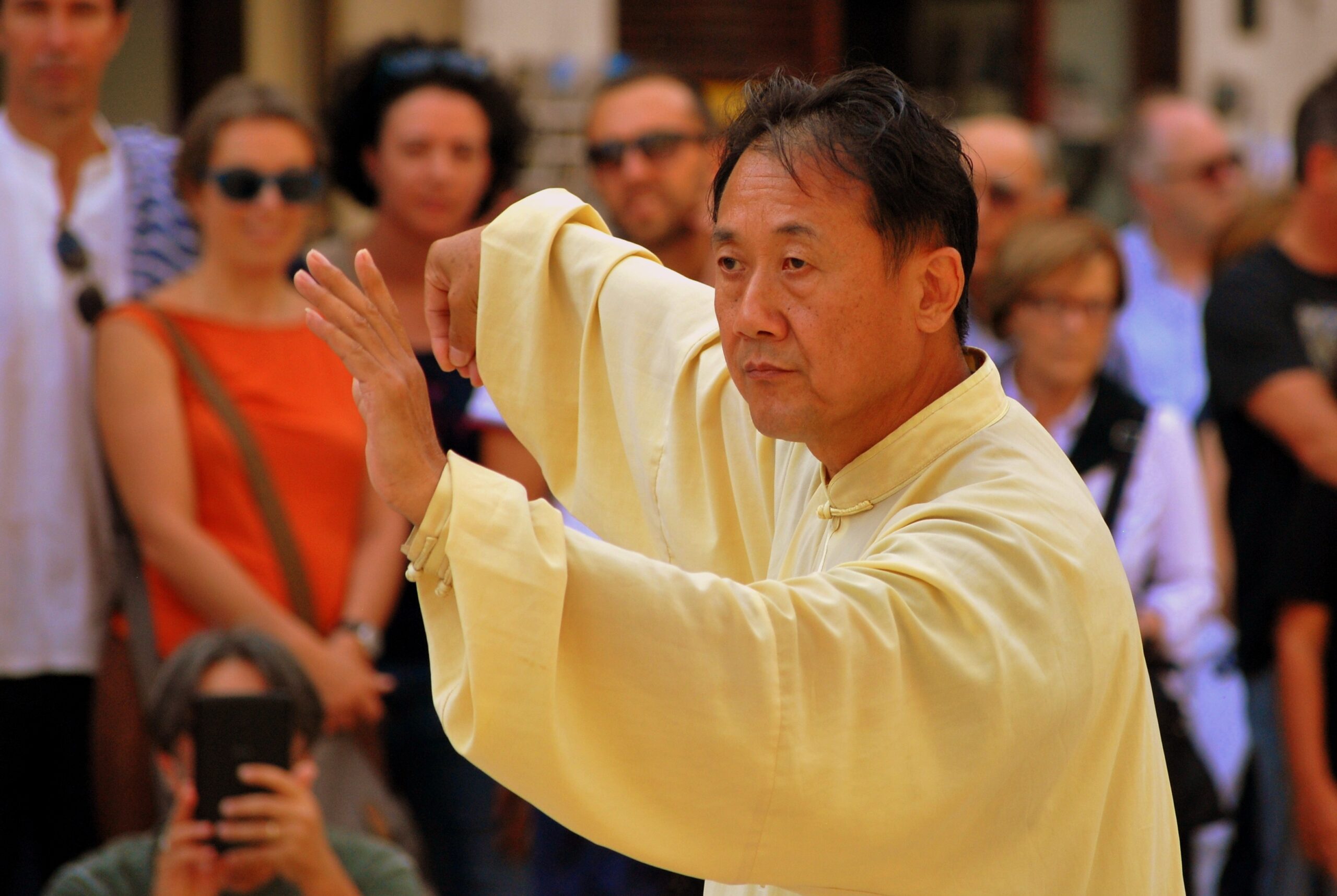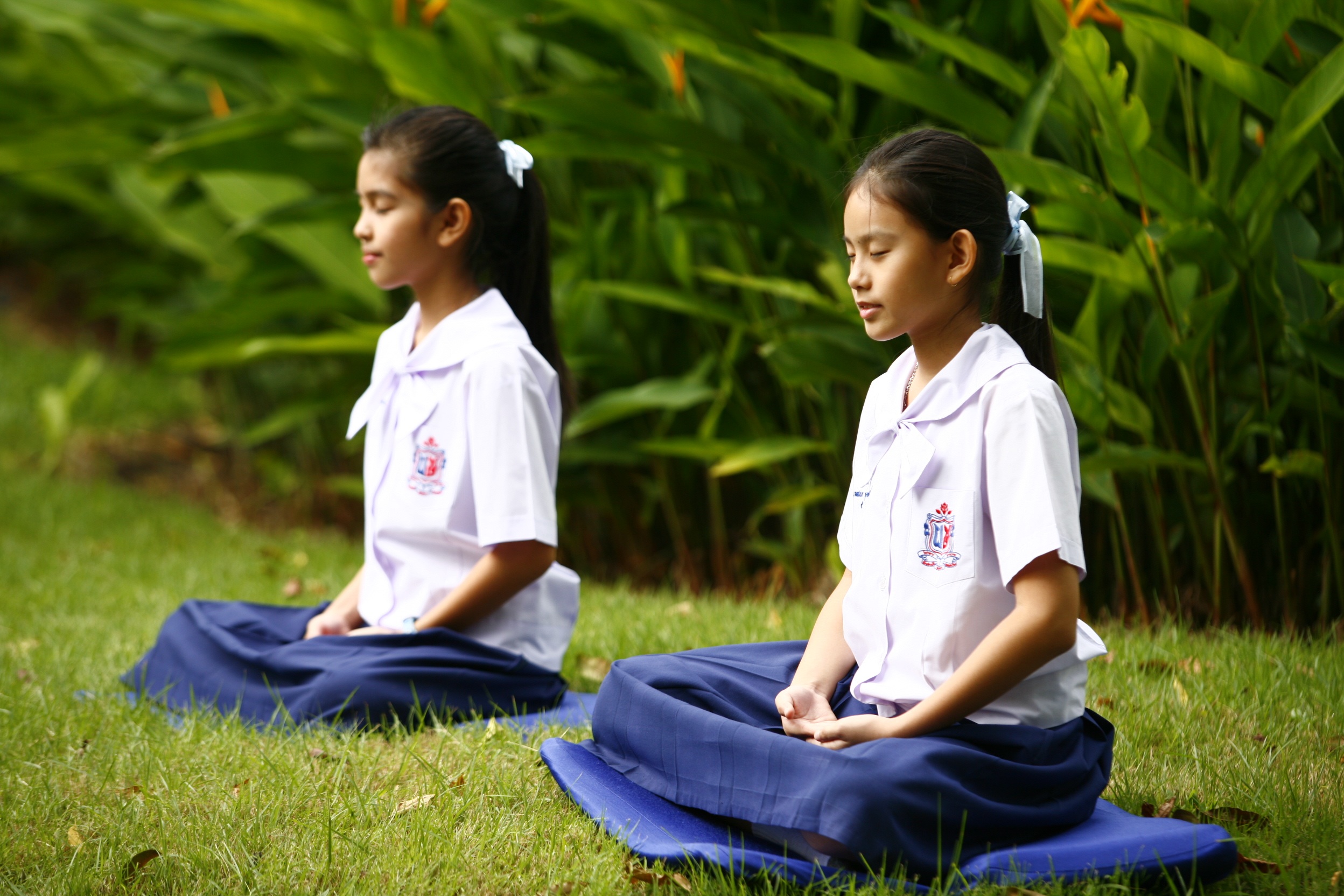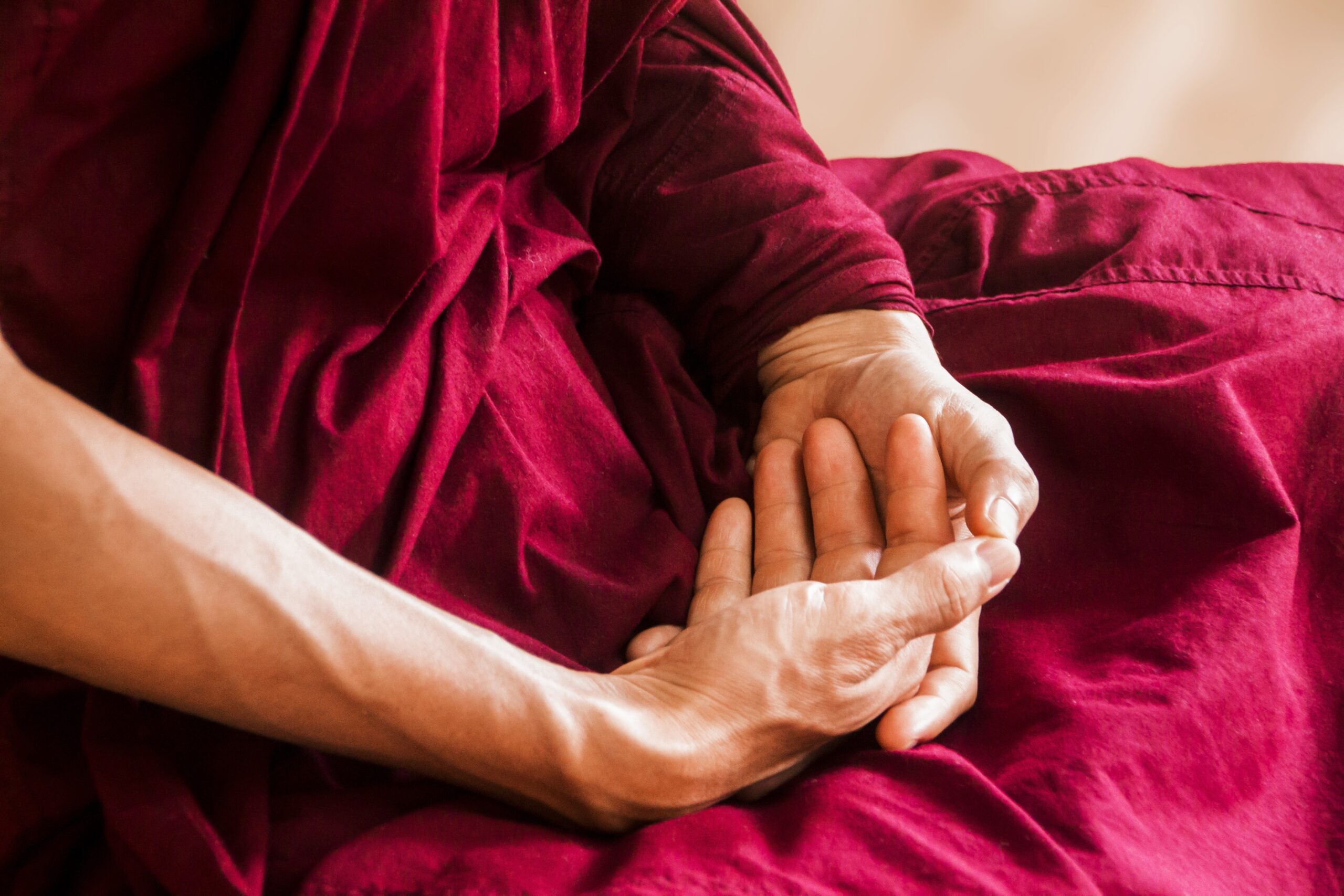Medical Qigong Research
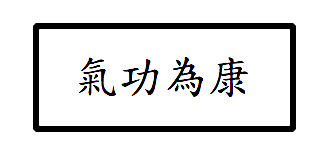
Once a secret passed down from Master to Disciple, qigong — particularly medical qigong and qigong for health — has now grown into a popular practice and world-wide phenomenon that is no longer confined to Chinese borders alone.
Medical Qigong is offered as legitimate therapy, qigong (a.k.a. chi kung) is practiced in parks and recreation centers, and people of all ages are getting involved. Qigong is no longer a secret known only to a numbered elite.
With China’s official sanction and sponsorship of qigong as both a cultural treasure and national health tool, qigong has rapidly gained world-wide attention, especially from hitherto skeptical scientists and the medical community.
Although Western medicine traditionally does not support any healing system that works with chi energy, recent trends are becoming less conservative in their approach. More health care systems in the West have permitted limited coverage of holistic practices such as acupuncture and reflexology.
Recently, the development of sophisticated technology and new breakthroughs in quantum physics have opened up a whole new field of research into bioelectricity and medical qigong. (See Is Chi Scientifically Measurable?)
While most of the research in medical qigong has come out of China, other countries, including Canada, United States and Japan are taking initiatives to document studies in this relatively new and unexplored area of medicine.
Although there is yet to be unequivocal acceptance of the existence of invisible chi energy and meridians, serious growing interest and respect for the qigong research conducted in China and the amazing abilities manifested by qigong masters, have led to world-wide collaboration and a sharing of information among the scientific and medical community.
The World Conferences for the Academic Exchange of Medical Qigong is an example of this collaboration and shared interest in the many uses of qigong and its applications in the field of medicine.
In United States, the first endorsement of ongoing long-term study began several years ago with patients suffering from a rare and painful nerve disorder called reflex sympathetic dystrophy. Within months of practicing qigong, the patients have reported significant improvement in their condition and their ability to deal with their pain at manageable levels.
Since 2000, the National Center for Complementary and Alternative Medicine (NCCAM) has been funding research in qigong. The first such study has been in patients using heart devices in Arizona.
Since 2003, Western doctors have been researching into qigong breathing techniques to treat anxiety-related problems and disorders related to vocal cords. Qigong has also been used with patients suffering from severe asthma or chronic obstructive pulmonary disease (COPD).
While qigong has long been accepted by both physicians and laypeople alike since the beginnings of Chinese civilization, it has only been in the last twenty years or so that research into the potential applications of qigong for health have fallen under the Chinese government’s auspices.
During the early 1980s, the scientific community in China began to look intensively at the benefits manifested in medical qigong.
Since then, there have been hundreds of published reports on the findings of medical qigong research. As of 1986, approximately 840 abstracts of qigong research have been presented at international conferences, about half of them translated into English.
About 160 additional abstracts of articles published in scientific literature have also been added to a growing world-wide database of qigong research that is now made available for anyone interested in this field of study, (See Dr. Kenneth Sancier’s database).
As a result of the growing popularity of qigong and related practices, many institutes devoted to the study of qigong as a legitimate form of healing therapy have sprung up in China since the 1970s and 1980s.
Medical students are required to learn tai chi and medical qigong as part of their medical training both to treat and to teach patients. In most hospitals there are qigong physicians and classes for both staff and patients.
In short, medical qigong is part and parcel of the whole package of acupuncture, herbal therapies and western medical treatment available in Chinese hospitals. It is, in fact, an official part of the Chinese health care system.
__________________________________________
Contributions of Modern Qigong Practitioners
Cheng Man Ch’ing, also phonetically spelled Zheng Man-qing (1902-1975)
Cheng was known as a Master of Five Excellences because he was skilled in the five areas expected of the traditional Confucian scholar: Chinese medicine, tai chi chuan (also phonetically spelled taijiquan), Chinese calligraphy, painting and poetry.
When Cheng was a young child, his mother used to take him on walking tours to study medicinal plants. That was how Cheng acquired his knowledge of traditional herbal medicine.
When he was nine years old, he was apprenticed to a well-known artist and after a few years could make a living on his own.
At the age of nineteen, Cheng was the youngest full professor of art in Fuzhou where he taught poetry and art. When he contracted tuberculosis, he began practicing tai chi chuan in the hopes of speeding up his recovery. At the same time, he pursued his studies in traditional Chinese medicine, and eventually graduated with distinction.
In 1928, Cheng met Yang Cheng-fu the direct descendant of the founder of Yang Family Tai Chi Chuan. He studied with him until 1935.
In 1946, Cheng developed a shorter version of the Yang style tai chi and began to teach it to his students when he moved to Taiwan. One of his many well-known students was Huang Sheng-Hsien, my grandmaster, although I have never had the pleasure of meeting him.
In 1964, Cheng moved to United States and became one of the first masters to teach tai chi chuan publicly there. This created much controversy among traditional practitioners, since, until now qigong had been taught through lineage transmission from master to individual student. Instead Cheng chose to teach large numbers of students together.
Cheng wrote many books on tai chi before his death in 1975. His Yang style short form is still very popular world-wide.
Jiang Wei-Qiao (1873-1958)
Jiang was a well-known educator and one of the first masters to introduce qigong for health to the Chinese public. He is also author of the famous book called Yinshizi Jingzuofa (Yinshizi’s Meditation Technique).
Jiang had suffered from a weak constitution since a young age, and when he was twenty-eight, he nearly died of pulmonary tuberculosis. After practicing a Taoist style of qigong for eighty-five days, four times a day, he recovered from his illness. He continued to practice for several years before switching to a Buddhist set of qigong exercises.
During his sojourn in Japan where he pursued his studies, he was impressed by the scientific approach the Japanese took to meditation and the popularity of the practice.
Jiang was inspired to make qigong better known to the Chinese public. In 1914 he published his first book called Yinshizi Jingzuo Fa which eventually became widely known and accepted in China.
Four years later he produced a sequential book. The first book introduced a qigong method that combined Taoist meditation with his own personal experiences. In the second book, he added two Tibetan Buddhist tiantai techniques.
Jiang continued to promote his qigong for health as a supervisor of a qigong clinic in Shanghai. He wrote articles in several publications, and gave lectures on qigong, until his death in 1958.
Liu Gui-Zhen (1920-1983)
Qigong was not always known by this name. In the past, it was also called many other names, including daoyin, xingqi (hsing chi), liandan, xuangong, jinggong and dinggong.
In 1953, Liu Gui-Zhen wrote an article called Practice on Qigong Therapy and was the first to define the term qigong as a set of breathing and energy circulation techniques practiced for the purpose of improving health and strengthening the mind, body and spirit. Since then, that is what most of the world calls this very popular form of exercise.
Liu was very active in the communist movement until 1948 when declining health forced him to retire in his rural hometown in Hebei province, at which point, he began to learn Nei Yang Gong from his uncle.
Nei Yang Gong was a form of medical qigong that was created 300 years ago and like all traditional qigong, was taught only through lineage transmission which meant only one disciple in each generation was honored with the legacy of training. Fortunately, for Liu, his uncle was the fifth successor of this legacy and was willing to teach his nephew.
Liu recovered in 100 days of practicing the qigong and was able to return to work in full health. Since 1949, Liu began to teach the qigong to patients in state run clinics. He was so successful in treating those patients that in 1954 he set up the first medical qigong clinic in Tangshan city.
In 1956, the clinic was moved and became a major center of medical qigong treatment in Beidahe city. A year later, Liu wrote two books related to Nei Yang Gong and the application of qigong for treating illnesses.
In 1964, with political upheaval in China and the “Cultural Revolution” Liu was forced to stop working until 1980, but prolonged political abuse had weakened him. He died in 1983.
Yan Xin (1950- )
Born in Sichuan province, Dr. Yan Xin is a physician, professor, scientist and qigong expert who has written many books on the subject. From an early age, Yan Xin has trained in qigong and traditional Chinese medicine under many qigong and medical practitioners.
He has conducted research in medical qigong — that is, qigong practiced solely for treating various ailments and has founded his own techniques for treating illness, called Yan Xin Qigong.
Since the 1980s he has worked with other researchers in leading universities in both China and United states to study the effects of chi emissions on various mediums and has presented his research findings in international conferences around the world.
His primary goal has been to connect Eastern and Western approaches to science through intense investigation of medical qigong.
__________________________________________
Some Concluding Observations
It is estimated that today, in China alone, there are over two million people practicing one form of qigong or another, whether it is in the parks or in a hospital clinic or in some government-sanctioned organization.
Since the 1980s, many new medical qigong groups have emerged, including Dayan Gong (Wild Goose Qigong), Guo Lin New Qigong, Hexiang Zhuang, Crane Qigong, and the infamous Falun Gong.
However, qigong — even medical qigong — wasn’t always so welcomed by the Communist regime:
After the fall of the Ch’ing Dynasty, and China’s newly erected Communist regime during the 1940s, the new political order wanted to stamp out anything that smacked remotely of religion.
Most practitioners chose to stay out of the limelight. As one practitioner said, “At that time qigong was witchcraft so I chanted Maoist slogans like everyone else.”*
The communist religion at the time was Maoism, and if Chairman Mao said red was his favorite color, everyone wore red. Then, shortly after the “Cultural Revolution” China decided it would be economically practical to promote qigong as a health treatment and preventative.
Suddenly qigong practitioners are coming out of the woodwork, proliferating the country, teaching their art everywhere.
With all the benefits that qigong has to offer, it makes sense. And looking at how it’s spread throughout the world, the Chinese are not alone on this opinion. Qigong is not just a New Age fad. Even the scientific and medical community has taken an interest in researching Medical Qigong. Indeed, from the looks of it, qigong is here to stay.
__________________________________________
Footnote:
*Jahnke, Roger, O.M.D. History of Qigong ©1996.
URL: http://www.healthy.net/scr/Article.asp?Id=259&xcntr=4-
__________________________________________
